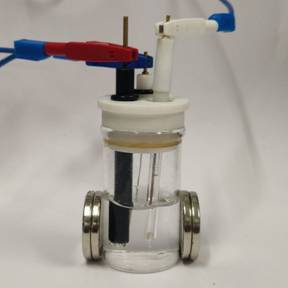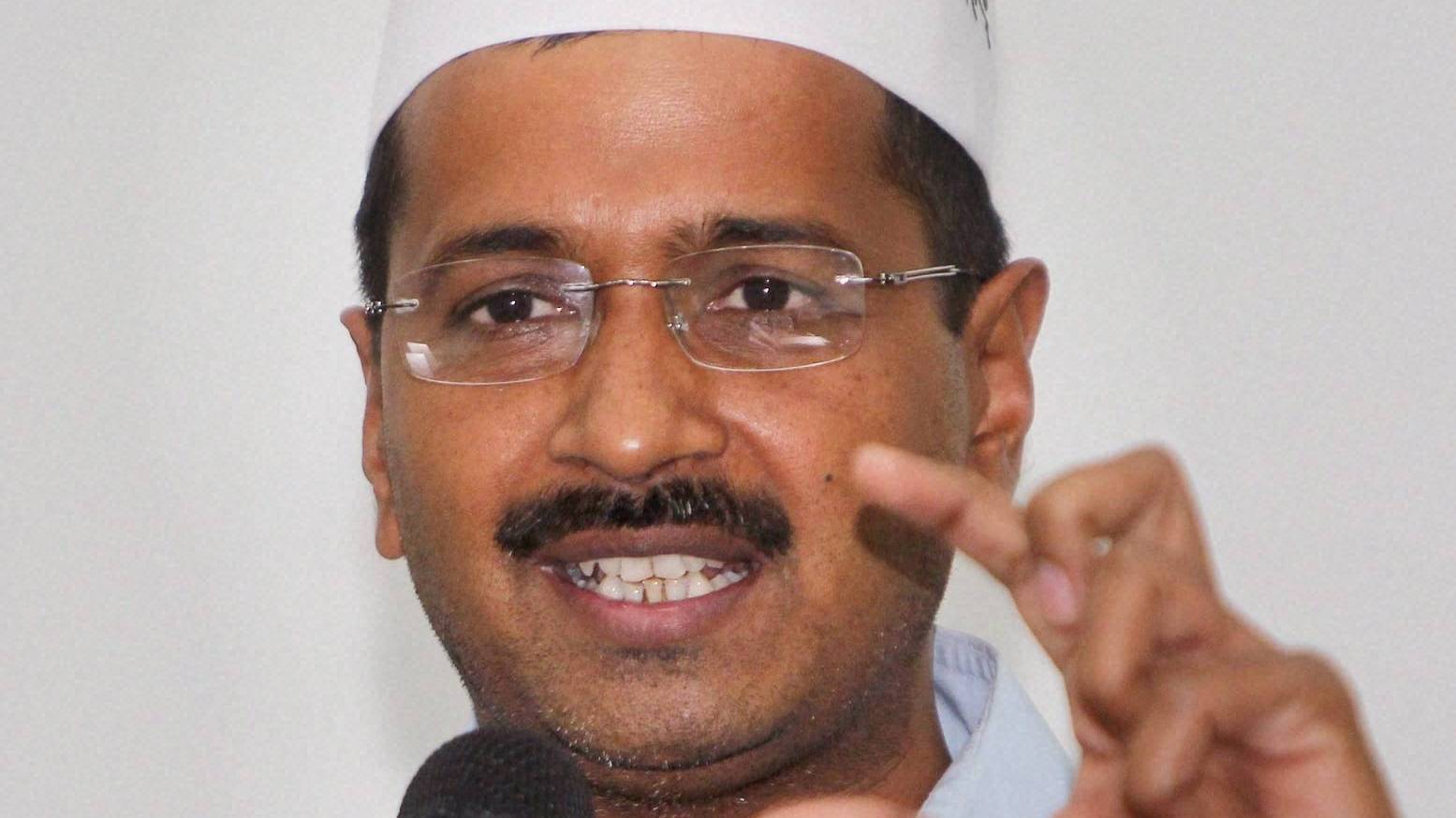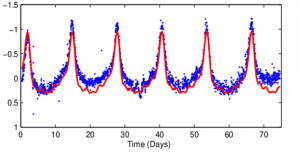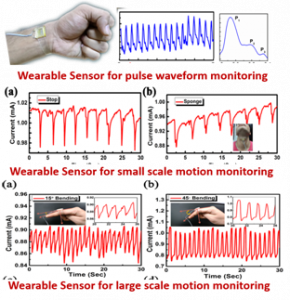New method of producing hydrogen fuel from water using magnets
We might be looking at an environmentally friendly fuel, hydrogen, replacing petroleum, diesel, and CNG in the future
THC Bureau | August 4, 2021 6:07 pm

PIB photo
Indian researchers have come up with an innovative hydrogen manufacture route which increases its production three times and lowers the energy required that could pave the path towards environment-friendly hydrogen fuel at a lower cost.
A team of researchers from IIT Bombay led by Prof. C. Subramaniam has made a breakthrough, said an official press release.
As a fuel, hydrogen has a critical role to play in driving the paradigm shift towards a green and sustainable economy. In addition to having about three-fold higher calorific value compared to non-renewable energy sources such as coal and gasoline, the combustion of hydrogen to release energy produces water and is thus completely non-polluting.
Due to the extremely low abundance of molecular hydrogen in the earth’s atmosphere (350 ppbv), electric-field driven breakdown of water is an attractive route for production of hydrogen. However, such electrolysis requires high energy input and is associated with a slow rate of hydrogen production. The use of expensive platinum- and iridium-based catalysts also discourages it for wide-spread commercialization. Therefore, the transition to ‘green-hydrogen-economy’ demands approaches that lower the energy cost and material cost and simultaneously improve the hydrogen production rate.
The IIT Bombay team has come up with an innovative route that provides viable solutions to all these challenges. It involves electrolysis of water in the presence of an external magnetic field. In this method, the same system that produces 1 ml of hydrogen gas required 19 per cent lower energy to produce 3 ml of hydrogen in the same time. This is achieved by synergistically coupling the electric and magnetic fields at the catalytic site.
The simple approach also provides the capability to retrofit any existing electrolyzer (that uses electricity to break water into hydrogen and oxygen) with external magnets without drastic change in the design, leading to increased energy efficiency of H2 production. This proof-of-concept demonstration for producing hydrogen has been published.
“The intermittent use of an external magnetic field provides a new direction for achieving energy-efficient hydrogen generation. Other catalysts can also be explored for this purpose,” said Subramaniam.
Having shown that the method is not very complicated either, the team is now working with an industrial partner to increase the TRL level and ensure its successful commercialization.
“Given the importance of hydrogen-based economy, we aim to implement the project in a mission-mode and realize an indigenous magneto-electrolytic hydrogen generator,” said Subramaniam. If the efforts are successful, we might be looking at an environmentally friendly fuel, hydrogen, replacing petroleum, diesel, and compressed natural gas (CNG) in the future, he added.






























